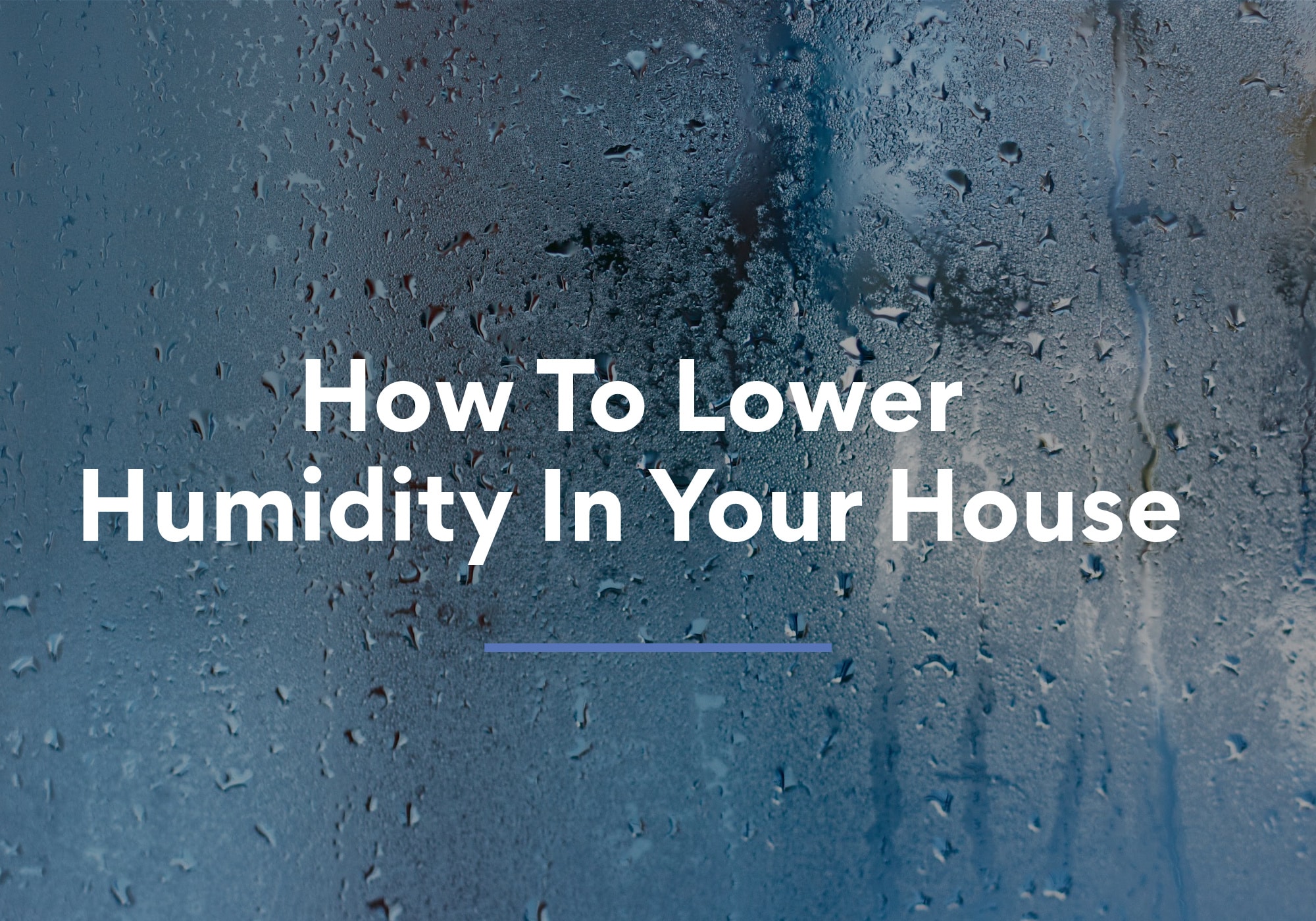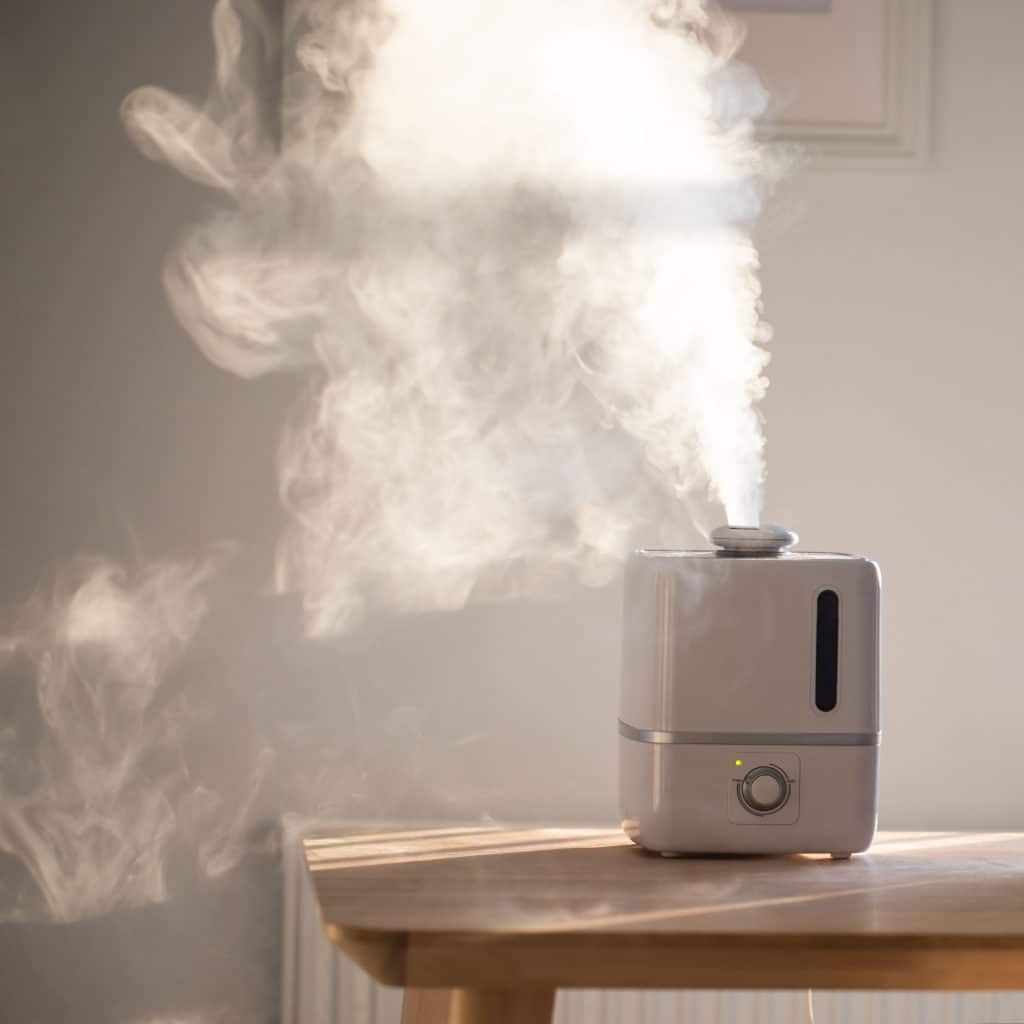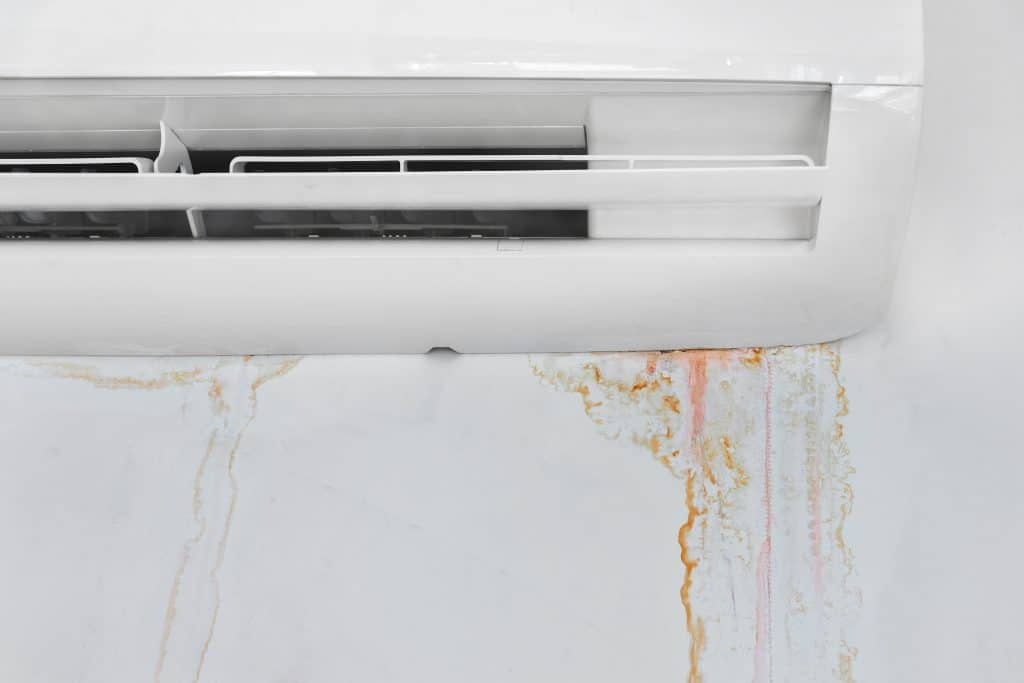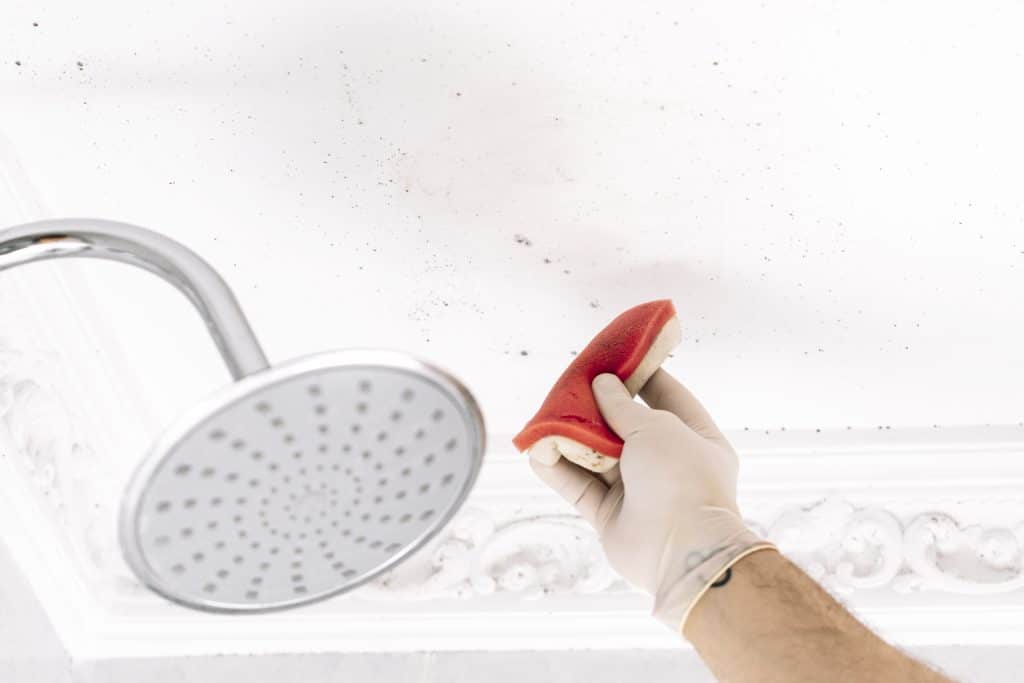When you’re living in a humid climate like Florida, it’s imperative that you know how to lower humidity in your house. Otherwise, that humid air can cause several significant problems for you and your family.
For example, if the air in your home is overly humid, it can create an environment where mold and/or fungus can grow and flourish. Excessive humidity can also cause discomfort and respiratory issues around your living space. Here, we’ll take a closer look at humidity in the home and how you can keep it in check during the muggy Florida summer.
Understanding Humidity
Generally speaking, the humidity level of your home refers to the amount of moisture in the indoor air. Typically, humidity is measured using a metric called Relative Humidity.
Relative Humidity measures how much water is in the air relative to the maximum possible amount. For example, warm air can hold more moisture than cold air. So, if a sample of warm air and cold air contains the same amount of water, the Relative Humidity of the cold air will be higher.
So, what should the indoor humidity levels be in your home? The ideal range of Relative Humidity for indoor air is usually considered to be between 40 and 60 percent.
Granted, many variables can impact the Relative Humidity of your household. For example, when you live in a place like Florida, the humidity tends to be quite high and more difficult to keep under control. Things like the season, the current weather, and your household habits can all play roles in your home’s humidity as well.
What Causes High Humidity in the Home?
Lowering the humidity in your house is easier when you live in a climate with dry air. It’s a lot harder to keep your home’s humidity level in check when you live in a naturally more humid environment like Florida. However, there are also things you could be doing inadvertently that are adding to the amount of moisture in the air.
One of the most common causes of high Relative Humidity is a lack of household ventilation fans. If certain areas of your home, such as your bathrooms and kitchen, aren’t properly ventilated, it can greatly increase the Relative Humidity in your living space. Without sufficient ventilation, you’ll be introducing more moisture to the air every time you take a long shower, cook dinner, or run the dishwasher.
Plumbing leaks are another common cause of increased household humidity. If a leaky pipe in your home is allowed to linger for weeks or months, it will inevitably add a lot of water to your dwelling. When that water evaporates, it increases the Relative Humidity of your indoor air.
If your home isn’t thoroughly insulated, that can also result in higher humidity levels. Quality insulation can help keep your household cooler during the scorching Florida summer, as well as improve the effectiveness of attic ventilation which keeps your attic dry. That will prevent the Relative Humidity from reaching an unpleasant level.
If you’re concerned that your home has high humidity levels, it would be prudent to invest in a humidity monitor. That will allow you to consistently keep an eye on your home’s Relative Humidity and identify any specific areas of your living space where high humidity is a problem. Humidity monitors should be available at your local hardware store or department store. Additionally, many thermostats can track humidity and the HVAC system can be configured to run during high humidity conditions to aid in removing the moisture.
How to Lower Humidity in Your Florida Household
If you’re experiencing unpleasantly high humidity in your home, there’s no need to panic. Even in a balmy climate like Florida, there are measures you can take to reduce the Relative Humidity of your household.
Perhaps the simplest option is to run your air conditioner more often. Air conditioning is a great way to lower humidity in your house because it removes moisture from the air. If you’re worried about energy efficiency and an increased power bill, don’t sweat it. You don’t need to keep your A/C low in order to lower the humidity. Even keeping the temperature at 78 degrees is enough to drop the humidity to a comfortable level. And running longer is actually more energy efficient. The majority of the electrical draw is from starting cycles, keeping your A/C running and properly maintained is an excellent method for controlling humidity in Florida.
You can also invest in a dehumidifier. These systems, which are widely available, allow you to directly control the humidity level of your indoor air. They work by removing moisture from the oxygen, and they’re very effective. In Florida, many homeowners find it beneficial to use a dehumidifier regularly throughout the year. Especially in areas of higher humidity such as a laundry area or a bathroom with poor ventilation.
Another effective way to reduce humidity is to improve your home’s ventilation. Opening your windows improves fresh air in the home, but with the outside air at 85-95% relative humidity, it’s not very effective at lowering the inside humidity. If your home needs increased ventilation and increased fresh air, your HVAC Contractor can evaluate adding a fresh air intake to the A/C system. This will allow your A/C to dehumidify fresh air as it enters the home. An added benefit of a fresh air intake is it breaks the negative pressure inside the home, which reduces contaminants and humidity being pulled inside when the doors are opened.
Alternatively, you can check out our DIY HVAC maintenance checklist, have new exhaust fans installed or utilize your current ones more frequently. Exhaust fans can be a powerful tool to increase air circulation and keep your household properly ventilated, making them a great weapon against high humidity.
Finally, you can reduce your home’s Relative Humidity by having any water or air leaks repaired promptly and investing in high-quality insulation.
Maintaining Proper Humidity Levels in Your Home
When you live in Florida, the humidity level of your home is something you should monitor consistently. Even if you don’t have a significant humidity issue, there are prudent measures you can take throughout the year to ensure that one doesn’t develop.
A humidity monitor is a great investment for this reason, as it makes it very easy to keep track of the Relative Humidity in every area of your household. Humidity higher than 60% makes the home muggy and can support fungal growth. Humidity lower than 40% can cause discomfort to our respiratory system and dry out skin.
Humidity outside changes throughout the year, but not as much as you might think. Even though the temperature is low, it doesn’t mean the humidity is low. Opening windows and long hot showers during the cooler times of the year can be counterproductive and increase the relative humidity inside.
The Bottom Line
Many Florida homeowners mistakenly believe that high humidity is simply something they need to accept. As a result, they end up living with discomfort, mold infestations, and other unpleasant issues. However, these problems are avoidable if you’re proactive and diligent.
By keeping your home properly ventilated and insulated, using a dehumidifier, minimizing air and water leaks, and regularly utilizing a humidity monitor, you can keep your home’s Relative Humidity in the comfortable range of 40 to 60 percent. Your home will be a more pleasant place, you and your family will feel better, and you’ll no longer have to dread the muggy Florida summer every year!





